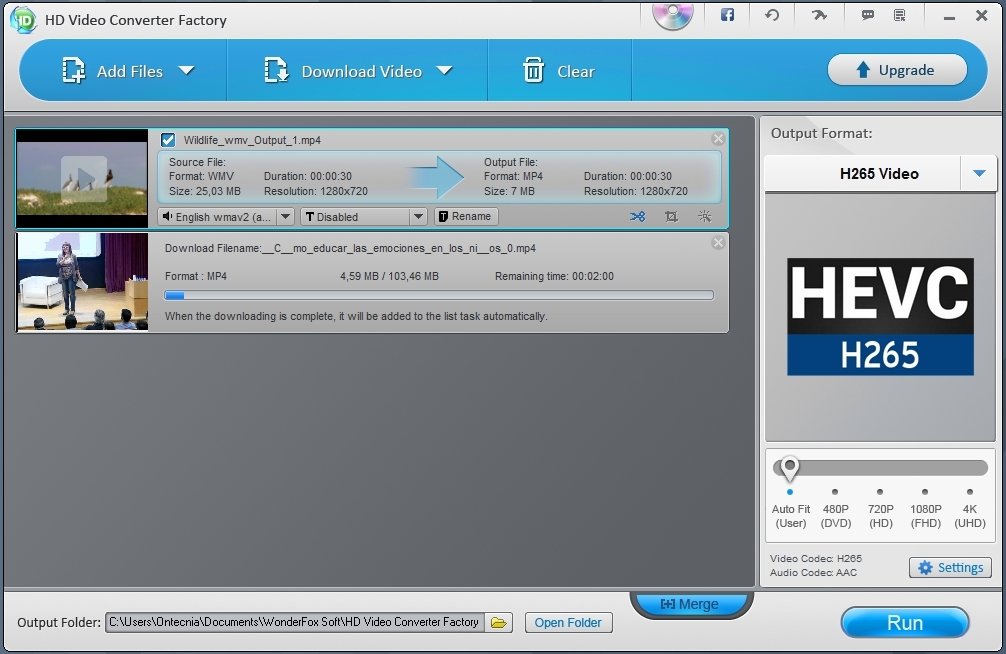
- #Air video server hd mac real video for free
- #Air video server hd mac real video movie
- #Air video server hd mac real video 1080p
#Air video server hd mac real video movie
TV and movie streaming services typically try to compete with one another by making exclusive content. Users can choose from a number of platforms to stream videos. Some video streaming services such as YouTube and Twitch can be used for free, while other streaming services rely on subscription models that may cost less than the average cable subscription. Some services support up to 4K, which is a higher quality than the standard for over-the-air TV resolution. Users can view videos without having to download them. Video streaming offers the following advantages. By comparison, streaming services such as Netflix and YouTube offer video resolutions of up to 2160p, which is 4K.
#Air video server hd mac real video 1080p
Less data is needed to stream lower video quality, but higher video quality, such as 1080p – which features a progressive scan display - or 4K needs faster data speeds to play smoothly.Īlthough a small portion of TV shows broadcast up to 1080i - which uses an interlaced display - most programs are broadcast over the air with the primary definition set at a standard of 720p, a resolution that YouTube no longer considers high definition. Video streaming also requires a high enough speed for the best performance.
#Air video server hd mac real video for free
Services such as YouTube stream videos for free and are ad supported, while services such as Netflix are supported by a user subscription model. Different applications can be used to stream video such as YouTube, Netflix, Amazon Prime Video, Disney+ or Twitch. Users can stream from their desktop computers, smartphones, tablets and smart TVs, or through other devices such as Chromecast or Apple TV. In a live broadcast, the video signal is converted into a compressed digital signal and transmitted from a special web server that multicasts, or sends the same file to multiple users at the same time. Video streams are usually sent from a prerecorded video file, but they can also be distributed as part of a live broadcast feed. Many consumer streaming services use TCP, for example, while UDP is well suited for video conferencing. UDP is used when speed takes precedence over reliability, while TCP is used when reliability takes precedence. TCP is typically the more reliable protocol however, UDP has a faster transmission time. The video files are automatically deleted once played. Once the requesting client receives the data packets, a video player on the user end will decompress the data and interpret video and audio.

A transmission protocol, much of the time either Transmission Control Protocol ( TCP) or User Datagram Protocol ( UDP), is used to exchange data over a network. Audio and video files are broken into data packets, where each packet contains a small piece of data. Once the server receives a client request, the data in the video file is compressed and sent to the requesting device in pieces. Video streams normally begin with a prerecorded media file hosted on a remote server.


 0 kommentar(er)
0 kommentar(er)
